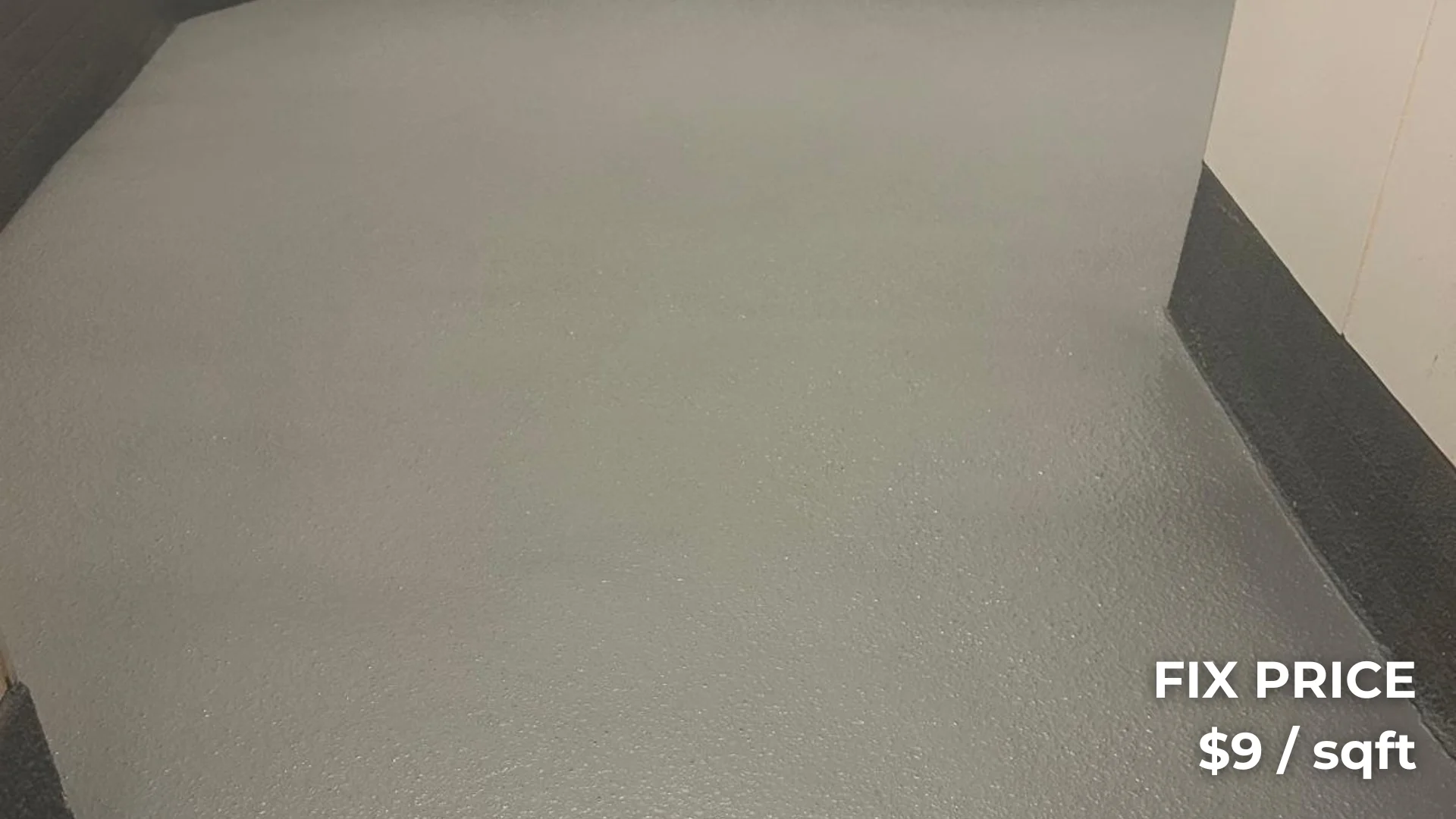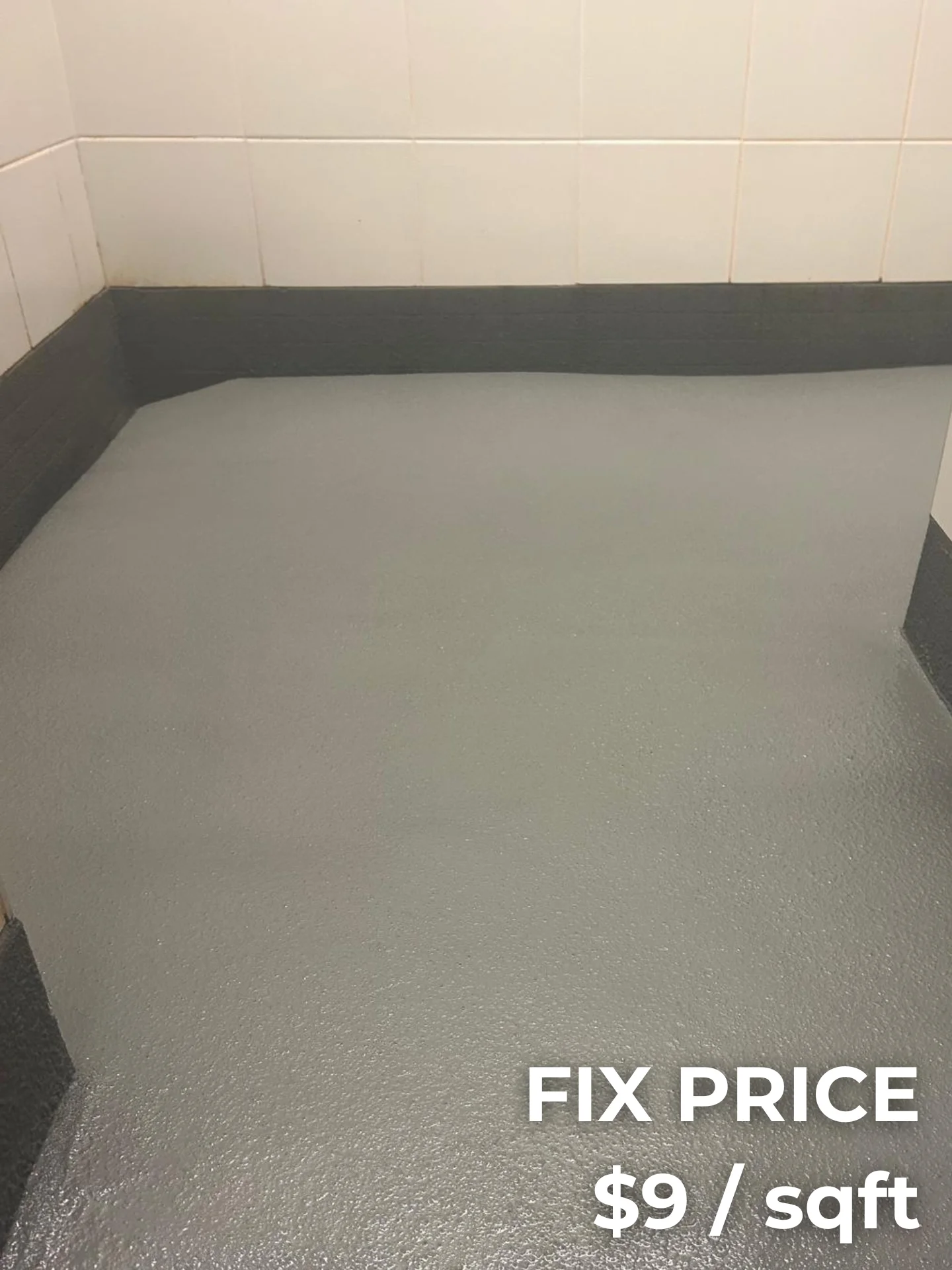

Transforming your basement into a functional and attractive space starts from the ground up. An epoxy basement floor offers a durable and stylish solution that can withstand moisture, resist stains, and enhance the overall aesthetics of your home. In this comprehensive guide, we’ll explore why epoxy flooring is an excellent choice for basements, the types of epoxy suitable for these settings, cost considerations, installation tips for DIY enthusiasts, and how to elevate the look with colored and flake options.
Why Choose Epoxy for Basement Floors?
Basements present unique challenges due to their below-ground location, which often leads to issues like moisture and temperature fluctuations. An epoxy floor coating basement addresses these challenges effectively.
1. Moisture Resistance
Epoxy creates a seamless and non-porous surface that acts as a barrier against moisture. This is crucial in basements where dampness can lead to mold and mildew growth.
2. Durability and Longevity
An epoxy resin basement floor is exceptionally durable, resisting scratches, stains, and wear from foot traffic or heavy equipment. This longevity makes it a cost-effective flooring option over time.
3. Easy Maintenance
The smooth surface of epoxy flooring makes cleaning effortless. Spills can be wiped up quickly, and regular sweeping keeps the floor looking pristine.
4. Aesthetic Appeal
With a variety of colors, finishes, and decorative options, residential epoxy flooring allows homeowners to customize their basement floors to match their style preferences.
Types of Epoxy Flooring Suitable for Basements
Understanding the different types of epoxy flooring helps in selecting the best option for your basement.
1. Solid Color Epoxy Floors
This is the most basic form, offering a uniform color across the entire floor. It’s ideal for a clean and minimalist look.
2. Metallic Epoxy Floors
Metallic pigments are added to the epoxy to create a shimmering, three-dimensional effect. This option adds a touch of luxury and modernity to your basement.
3. Epoxy Flake Floors
Decorative flakes are scattered over the epoxy base coat to create a textured and visually interesting surface. This not only enhances the appearance but also provides slip resistance.
4. Quartz-Filled Epoxy Floors
Quartz sand is incorporated into the epoxy for added durability and a non-slip surface, making it suitable for basements that double as workshops or gyms.
Cost Analysis: Epoxy Flooring Price for Basements
Budget is a significant factor when considering any home improvement project. Here’s a breakdown of what you can expect in terms of costs.
Material Costs
The price of epoxy flooring materials can range from $3 to $12 per square foot, depending on the type and quality of epoxy chosen.
Professional Installation
Hiring professionals can add $4 to $8 per square foot to the total cost. While this increases the upfront expense, it ensures a high-quality finish and longevity.
DIY Savings
If you’re a DIY enthusiast, you can save on labor costs. However, consider the time investment and the need for specialized tools and equipment.
Additional Expenses
- Surface preparation (cleaning, repairing cracks)
- Moisture barriers or sealants if necessary
- Decorative elements like flakes or metallic pigments
Overall, the total epoxy flooring price for basements can vary widely, so it’s essential to get detailed quotes and consider all factors before making a decision.
Installation Process and Tips for DIY Enthusiasts
Installing an epoxy floor coating basement can be a rewarding DIY project if approached correctly.
Materials and Tools Needed
- Epoxy flooring kit
- Concrete cleaner and etcher
- Patch kit for cracks and holes
- Paint rollers and brushes
- Protective gear (gloves, goggles, respirator)
- Mixing equipment
- Floor sander or grinder (optional for surface preparation)
Step-by-Step Guide
1. Surface Preparation
Thoroughly clean the concrete floor to remove dirt, grease, and existing sealants. Use a concrete etcher to open up the pores of the concrete for better adhesion.
2. Repair Imperfections
Fill any cracks or holes with a concrete patching compound. Allow it to dry completely before proceeding.
3. Apply Moisture Barrier (If Needed)
In basements prone to moisture, applying a moisture barrier primer can prevent future issues.
4. Mix the Epoxy
Follow the manufacturer’s instructions carefully when mixing the epoxy resin and hardener. Precise measurements are crucial for proper curing.
5. Apply the Base Coat
Using a roller, apply the epoxy starting from the farthest corner and working your way out. Maintain a wet edge to avoid lap marks.
6. Add Decorative Elements
If using flakes or metallic pigments, apply them while the base coat is still wet.
7. Apply the Top Coat
Once the base coat has cured, apply a clear top coat for added durability and shine.
Tips for Success
- Maintain proper ventilation during application and curing.
- Work in small sections to ensure even application.
- Monitor temperature and humidity levels as they can affect curing times.
- Use spike shoes to walk over wet epoxy without leaving marks.
Enhancing Aesthetics with Colored and Flake Epoxy Options
One of the significant advantages of residential epoxy flooring is the ability to customize the look to suit your style.
Colored Epoxy
Adding color pigments to the epoxy allows you to choose from a wide spectrum of colors, from neutral tones to vibrant hues. This customization can complement your basement’s decor and purpose.
Flake Epoxy
Decorative flakes not only add visual interest but also help in hiding imperfections. They come in various sizes and colors, enabling you to create unique patterns and textures.
Metallic Epoxy
For a high-end look, metallic epoxy floors offer a luxurious finish with depth and movement. Swirls and patterns created during application result in a one-of-a-kind floor.
Glow-in-the-Dark Epoxy
Innovative glow-in-the-dark additives can make your floor illuminate in low-light conditions, adding both safety and a cool factor to entertainment spaces.
Conclusion
Upgrading your basement with an epoxy basement floor is an investment that enhances durability, functionality, and aesthetic appeal. Whether you opt for a simple solid color or a more elaborate design with flakes and metallics, epoxy flooring offers solutions that cater to various needs and styles. By understanding the types of epoxy suitable for basements, cost implications, and installation processes, you can make an informed decision that transforms your basement into a valuable extension of your living space.
Ready to explore the possibilities of residential epoxy flooring for your basement? Contact us today for expert advice and high-quality products that will help you achieve the basement of your dreams.
Enhance Your Basement with Triad Flooring in Seattle, Washington
Ready to upgrade your basement with top-quality residential epoxy flooring? Look no further than Triad Flooring, a trusted name in Seattle, Washington, for the past 17 years. We specialize in transforming basements with durable and stylish epoxy basement floor solutions that stand the test of time.
Our experienced team is committed to delivering exceptional craftsmanship and personalized service. We use the highest quality materials to ensure your basement floor not only looks amazing but also provides lasting protection against moisture and wear.
Don’t settle for ordinary when you can have extraordinary. Contact Triad Flooring today to discover how we can turn your basement into a functional and beautiful space that adds value to your home.

